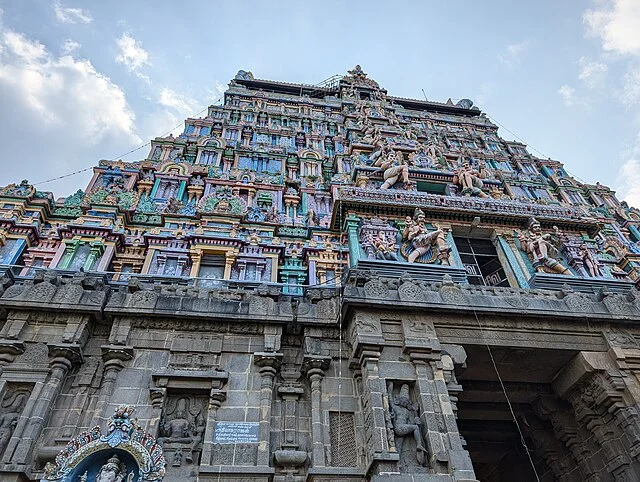The Thillai Nataraja Temple in Chidambaram, Tamil Nadu, is one of the most important and ancient Hindu temples dedicated to Lord Shiva. Known for its cultural, religious, and architectural significance, the temple is a key site in the Tamil Shaiva tradition.
Get your dose of History via Email
Historical Significance
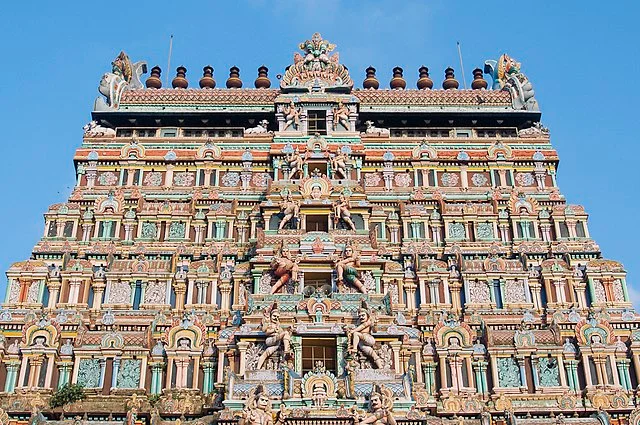
The temple’s origins date back to the 2nd century BC, during the period of the Tamil Sangam literature. It is believed to have been initially constructed by the Cholas, though it was later expanded by various dynasties, including the Pallavas and the Vijayanagara Empire. The present structure, however, reflects the architectural style of the Chola dynasty, particularly from the 10th to 13th centuries AD.
Architecture and Layout
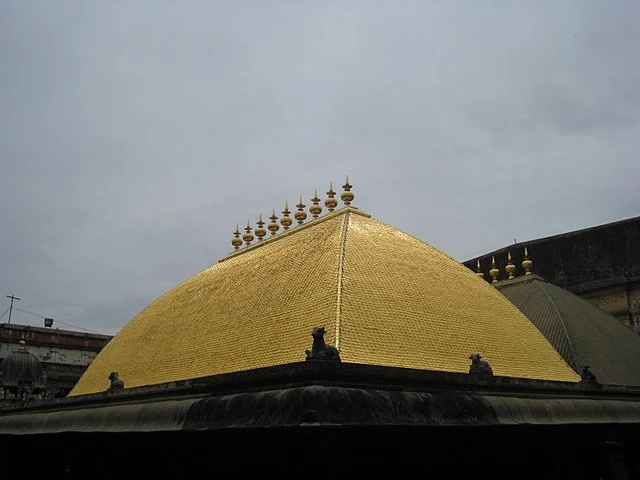
The Thillai Nataraja Temple is renowned for its classical Dravidian architecture. The temple’s complex is spread across 40 acres and is enclosed by large, ornate walls. It has four main gopurams (gateway towers), each decorated with intricate carvings depicting various deities, mythological scenes, and divine beings.
The temple’s core is the sanctum, where the image of Nataraja, the dancing form of Shiva, is enshrined. The Nataraja statue, one of the most famous representations of Shiva, is depicted in a cosmic dance that symbolizes the creation, preservation, and destruction of the universe. The statue is made of bronze and is considered a masterpiece of Chola art.
The Cosmic Dance of Shiva
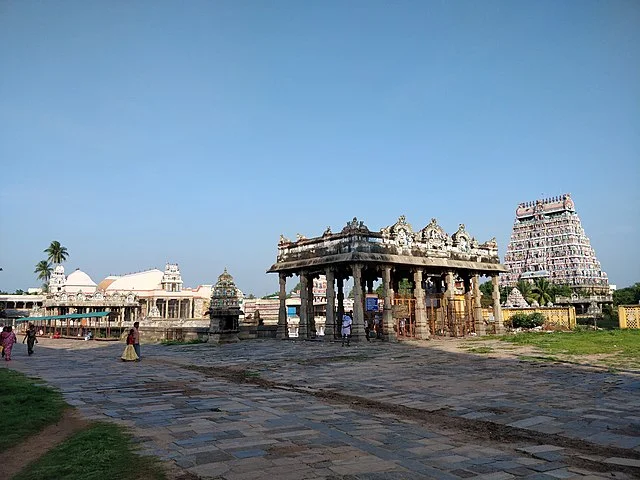
At the heart of the temple is the central deity, Nataraja, the Lord of Dance. The dance represents the five elements of creation: creation (Srishti), preservation (Sthiti), destruction (Samhara), hiding (Tirobhava), and blessing (Anugraha). This dance embodies the cyclical nature of the universe and the eternal cycle of birth, death, and rebirth. The Chidambaram temple is considered one of the key locations where this cosmic dance is symbolically represented.
Importance in Shaivism
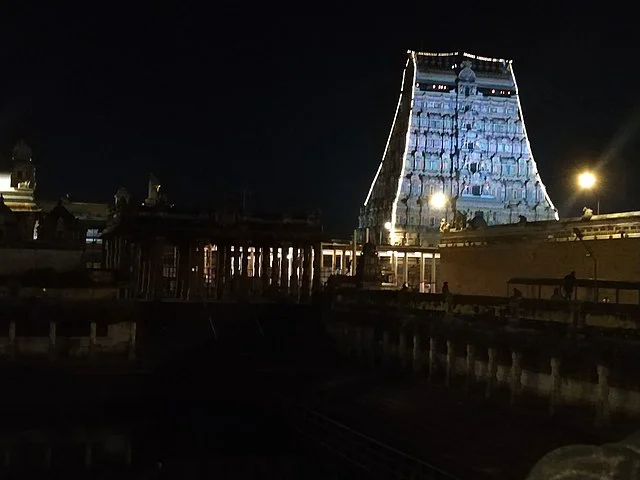
Thillai Nataraja Temple is a pivotal site in Shaivism, one of the major branches of Hinduism. It is one of the Panchakshara Stalams, a set of five temples that are highly revered in Tamil Shaiva traditions. The temple is also closely linked to the worship of Lord Shiva in his form as the Nataraja.
The temple is part of the larger pilgrimage circuit in Tamil Nadu, which includes other important Shaiva temples. Pilgrims from across India and abroad visit Chidambaram for darshan (sacred viewing) of the deity. It is considered a place where devotees can experience the divine presence of Shiva and receive spiritual blessings.
Cultural and Religious Importance
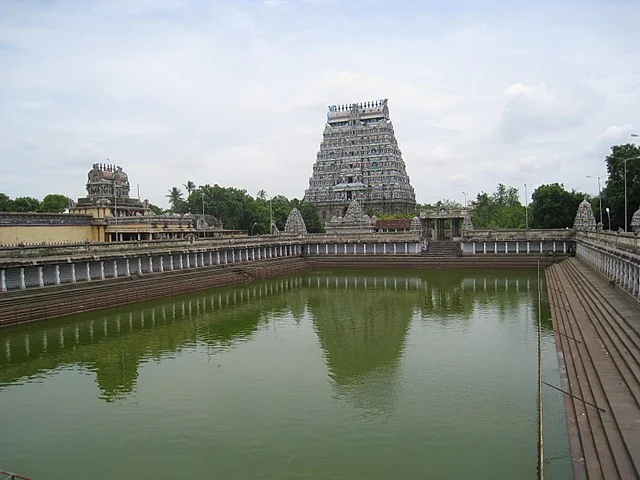
The Thillai Nataraja Temple is an important cultural symbol for Tamil Hindus. The temple hosts a variety of rituals, festivals, and performances throughout the year. One of the most significant events is the annual Maha Shivaratri festival, celebrated with grand processions, music, and dance. The temple also attracts devotees during special occasions such as the Tamil New Year and the Chidambaram Thillai Nataka Dance Festival.
The temple is not only a place of worship but also an epicenter of classical dance and music. Many renowned dancers and musicians perform at the temple, especially during festivals. The temple’s association with the performing arts is deeply embedded in its history and continues to thrive today.
The Role of the Temple in Modern Times
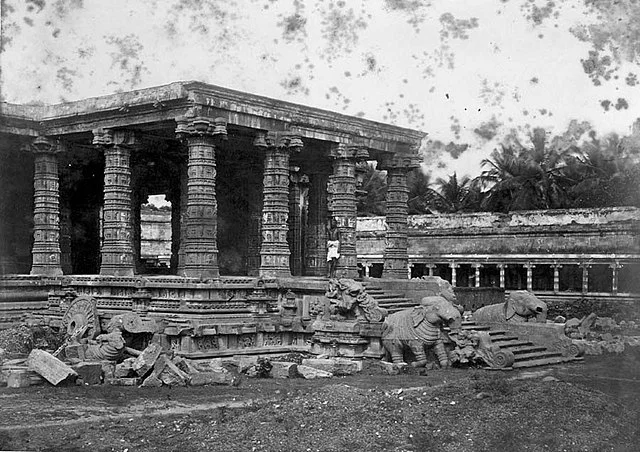
In contemporary times, Thillai Nataraja Temple remains a vibrant spiritual hub, with regular rituals, prayers, and events. The temple’s administration ensures the upkeep of the temple’s facilities and the preservation of its artistic and cultural heritage. The temple also attracts tourists, scholars, and researchers who seek to understand the rich history and architecture of the site.
Conclusion
The Thillai Nataraja Temple in Chidambaram is not just an architectural wonder; it is a living testament to the cultural, religious, and artistic heritage of Tamil Nadu. Its historical significance, coupled with its spiritual importance, makes it one of the most revered sites in India. The temple’s depiction of Shiva’s cosmic dance, as well as its role in promoting the arts, continues to make it an integral part of Hindu religious life.
Source:

